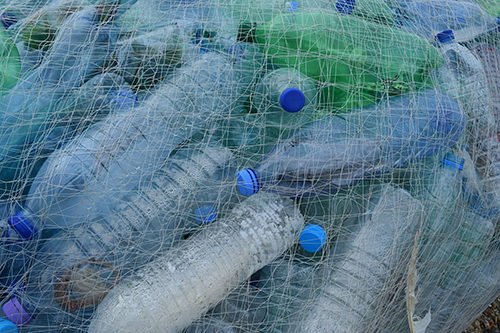
Conservation
Water Conservation Urgency: A Global Water Crisis
As North Americans, a mere 12% of the population, we consume 85% of the world's drinkable water. Wars are already being fought over drinking water, rather than petroleum, and all indications have it that this will only intensify.
The UN reports that global water demand will increase by 55% by 2050 while reserves continue to dwindle. If current usage trends do not change, the world will have only 60% of the water needed by 2030.
Every 20 seconds, a child dies from a lack of drinkable water or sanitation. Worldwide, 1 out of every 5 deaths of children under 5 is due to a water-related issue. By investing in clean water alone, young children around the world can gain more than 413 million days of health. We, as North Americans, can and need to do much better.
780 million people do not have access to clean water. 663 million people (1 in 9, or about twice the population of the United States) lack access to safe water. 2.5 billion do not have access to adequate sanitation. 2.4 billion people (1 in 3) lack access to a toilet. More people have a mobile phone than a toilet.
The water crisis is the #1 global risk based on the impact on society (as a measure of devastation) as announced by the World Economic Forum in January 2015. 6 to 8 million people die each year from the consequences of disasters and water-related issues. Half of the world's hospital beds are filled with people suffering from a water-related disease.
BEFORE
Before California's Recent Historic Drought
DURING
During California's Recent Historic Drought
Water bottle waste and worse
17 thousand barrels of oil are used each year to make plastic bottles—the same amount used to fuel one million cars for a year!
Many plastics used to create plastic water bottles contain BPA which has been linked to the 7 most aggressive forms of cancer. 93% of Americans have BPA in their bodies.
Only 23% of those same bottles reach it to recycling, while the remaining 77% are either polluting our oceans or clogging up to 1/3 of our landfills.
The USEPA state that at present levels, by 2040 there will be more plastic than fish in our oceans. In landfills it was originally believed that it would take 30 years for those bottles to break down. However, at present, due to the fact that they are buried very quickly and not exposed to ultraviolet light, it may take far longer.
The USEPA states that 25% of bottled water comes from municipal taps and some reports say as much as 60% of all bottled water is admittedly simply municipal tap water. It's packaged in questionable packaging and priced at $7 per gallon on average, which is three times the price of gasoline in many areas.
The average North American family spends $1000/year on bottled water, the same amount as reported is the difference between making ends meet and falling behind.
More Water Wasters
The Toilet is the #1 Water Waster within our homes, accounting for 16,782.7 liters, per person, per year!
The Shower is the #2 Water Waster within our homes, accounting for 13,870 to 34,675 liters of water per person, per year.
A single leaky faucet can easily leak 3000 gallons per year.
Producing a new car can use as much water as it takes to fill an average swimming pool. Washing that car can take 400 gallons each time, if you fail to use an automatic shut off (nozzle).
The average American uses 176 gallons of water a day compared to 5 gallons of water an average African family uses each day.
Conserving with ShowerPot
The purpose of ShowerPot is to be a constant and elegant reminder to conserve and a simple way for each of us to make a difference. We 're all basically good people, but most of us are either in need of a constant reminder or to be appropriately educated. We can and must do better.
ShowerPot is an intelligent and artful example of:
"Give a man a fish and you feed him for a day. Teach a man to fish and you feed him for a lifetime."






